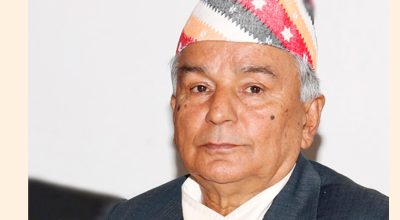
China June 10:
China will make COVID-19 vaccine research and development (R&D) a top priority and accelerate the development of antibody drugs, a senior official said on Tuesday.
Wang Zhigang, minister of science and technology, outlined the next stage in the country’s major focus of scientific researches for novel coronavirus at a press conference in Beijing.
The R&D of COVID-19 vaccines will be given top priority and will mainly come from five main technical routes: inactivated vaccine, adenovirus vector vaccine, recombinant protein vaccine, attenuated influenza virus vector vaccine and nucleic acid vaccine, Wang said.
Chinese scientists have made great progress in their research into novel coronavirus vaccines.
A research team led by epidemiologist Chen Wei developed an adenovirus vector COVID-19 vaccine on March 16, the first domestically developed candidate vaccine to enter clinical trials. On May 22, the vaccine became the first in the world to disclose complete phase one clinical trial results and declare dual immune response in the recipient.
Researchers from the National Vaccine & Serum Institutes, Chinese Center for Disease Control and Prevention, have developed an inactivated SARS-CoV-2 vaccine candidate, BBIBP-CorV, according to the life science academic journal “Cell” on Saturday.
“China will make its COVID-19 vaccine a global public good when it is ready for application after successful research and clinical trials,” said Wang at a Sunday meeting.
In the next stage, China will also promote the development of a COVID-19 human monoclonal neutralizing antibody drug with a high success rate of entering into clinical trials and mass production, according to Wang.
The human monoclonal neutralizing antibody drug for COVID-19 developed by researchers from the Chinese Academy of Sciences was approved for clinical trials on Saturday, marking the entry of China’s domestically produced COVID-19 antibody medicine into a clinical evaluation phase.
Besides vaccine and antibody drugs, Wang also stressed the importance of making a breakthrough in the R&D of nucleic acid testing technology, aiming for products that allow a shorter detection time, higher sensitivity and looser detection conditions and environment.








प्रतिक्रिया दिनुहोस्